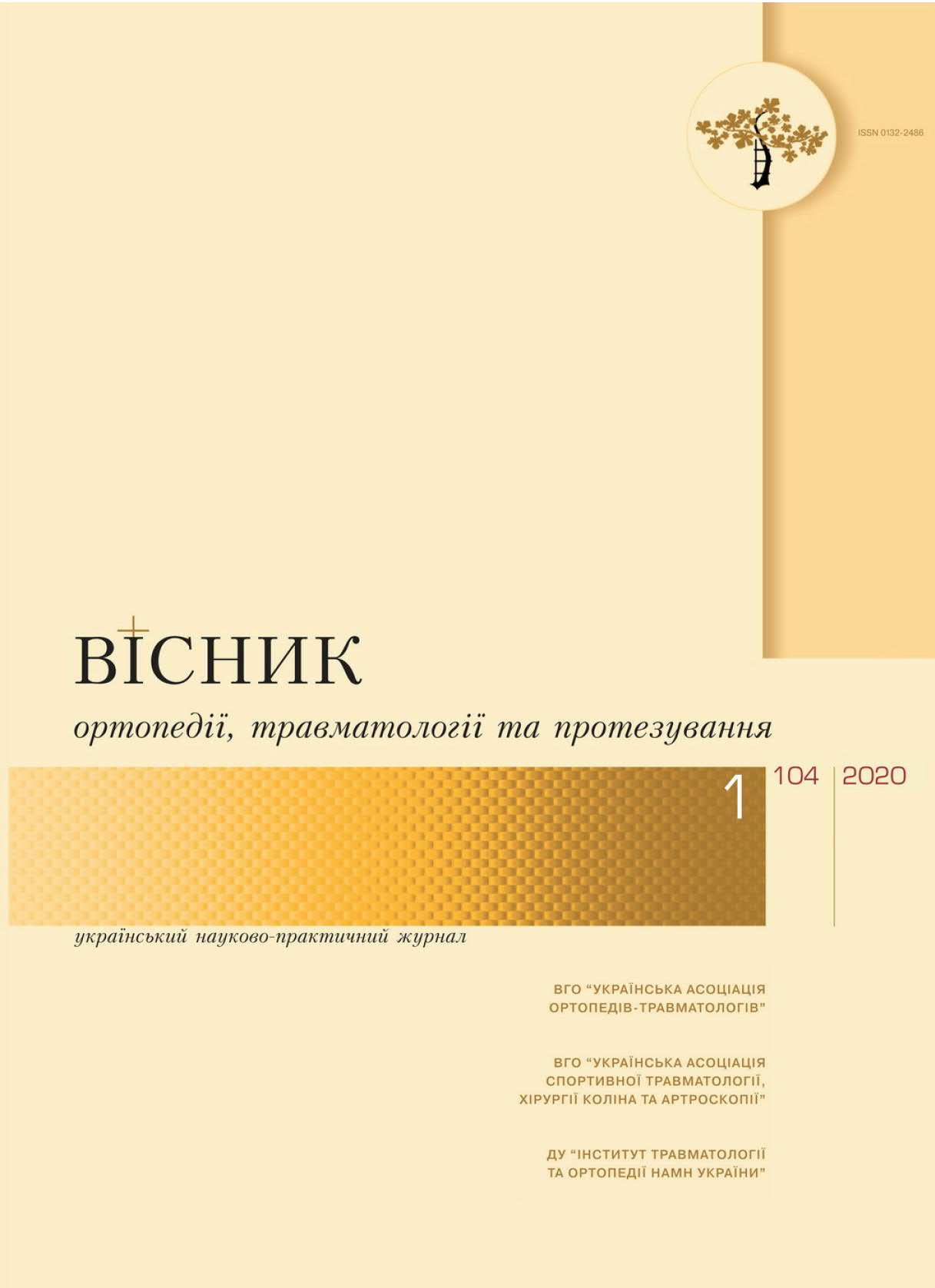Abstract
Summary. Complex Regional Pain Syndrome Type I (CRPS I) (G90.5) is a set of condi- tions accompanied by regional pain that is disproportionate in time and degree relative to the normal course of the post-traumatic period or other lesion, does not correspond to the zones of innervation of certain nerves or nerve roots and is usually manifested by sensory, motor, vasomotor, and/or trophic disorders in distal extremities. A multidisciplinary consensus on the basic principles of diagnosis and treatment of complex regional pain syndrome type 1 was adopted at a round table meeting at the XVIII Congress of Orthope- dists Traumatologists of Ukraine in Ivano-Frankivsk on October 10, 2019.
Principles of diagnosis and treatment:
1) Individual approach taking into account the leading pathogenetic mechanisms of the disease.
2) Control over the total number of appointments.
3) Using the Bruehl, Atkins or Veldman criteria to diagnose CRPS I.
The treatment influence the following links of the pathogenesis of the disease or indi- vidual symptoms:
a) inflammation – DMSO (compresses), corticosteroids (short course), b) pain – gabapentin or pregabalin, in case of low effect – antidepressants (in case of no effect – pain treatment by using subanesthetic doses of ketamine, narcotic analge- sics, implantation of neurostimulants or pumps for intrathecal drug administration or sympathetic blocks); c) central nervous system training (mirror therapy, imaging and behavioral therapy, etc.); d) reduction of fear of movements and pain; e) anti-edema and venotonic agents; f) vitamin C; g) activation of the affected limb with increase in range of movements, muscle strength and load tolerance (immobilization only accord- ing to strict indications); с) transcutaneous electrical stimulation of the nerves, ultra high frequency (UHF) in impulse mode and oligothermal dose; i) surgical interventions - surgical treatment is indicated for CRPS type II; for CRPS type I it is indicated in cases where such treatment is intended to eliminate the trigger for CRPS development with adequate multimodal anesthesia/analgesia.

This work is licensed under a Creative Commons Attribution 4.0 International License.

